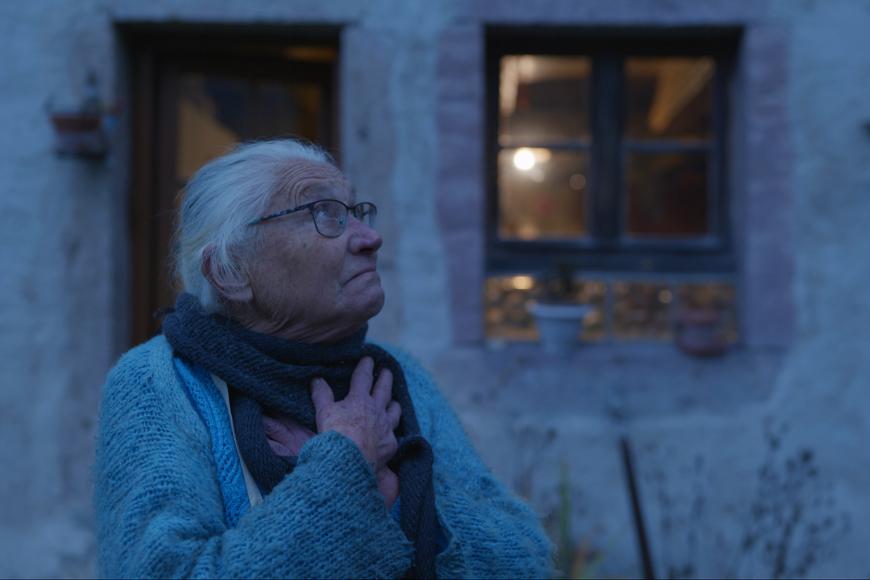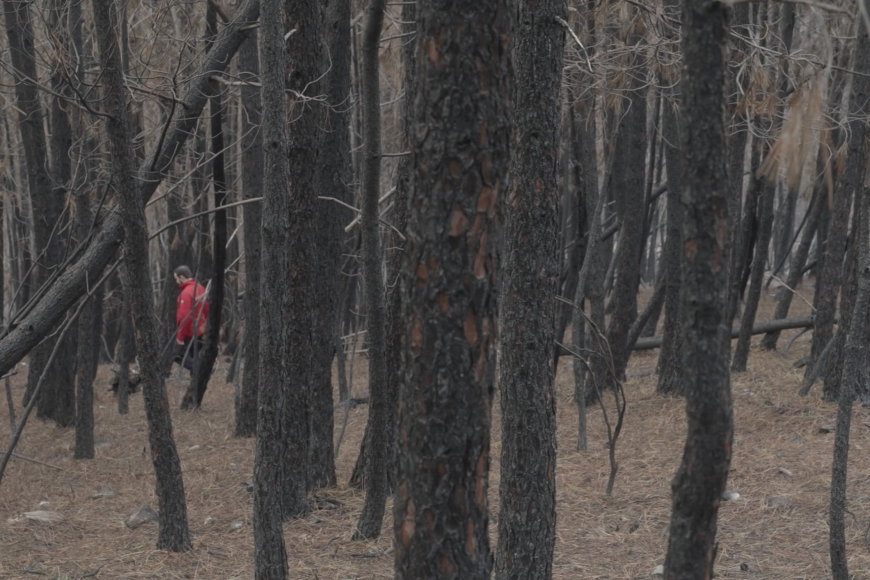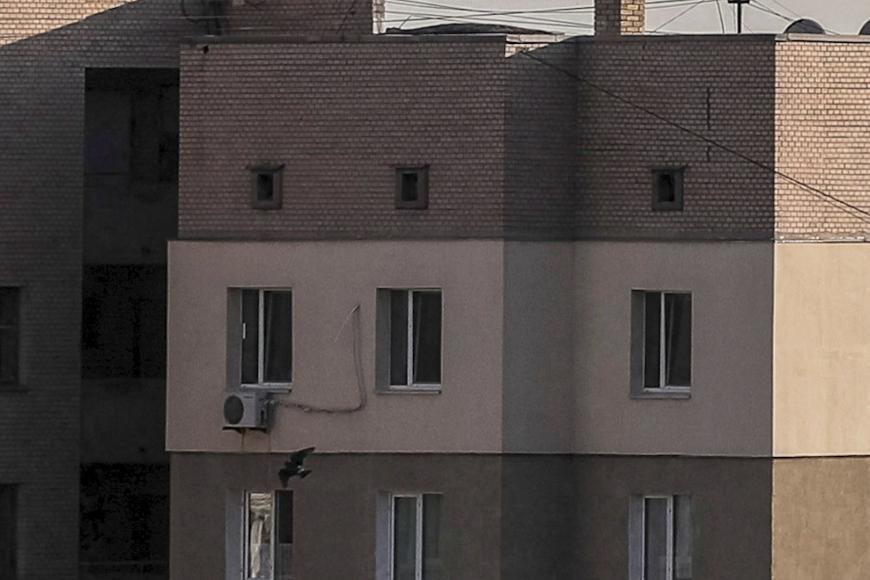
Suzanne from Day to Day
For a year, over all four seasons, Stéphane Manchematin and Serge Steyer keep returning to the Vosges where Suzanne lives. By now she looks back on more than nine decades of life, an old lady who stoically clings to the self-sufficiency of the house where she was born. The place lacks all comfort, neither electricity nor water supply help with cooking or heating. Nonetheless, Suzanne wants for nothing: When the indoor temperature drops to single digits in winter, she simply takes a hot-water bottle to bed and adds another layer of blankets. In the bathroom, water reliably flows from a groove, and if the light hits the surrounding glass carafes, it soon dances through the room.
Manchematin and Steyer know how to stage everyday procedures and conditions alertly and sensitively – their film’s meanderings are as casual as they are focused. And Suzanne, too, becomes more and more approachable. After a very short time, one develops a sense of her habits, registers with amusement her eternal twirling of the telephone cord, or discovers a quite assertive person behind the wheel. All this happens without romanticisation or kitsch. Instead, the observation is characterised by abundant laconic wisdom.












